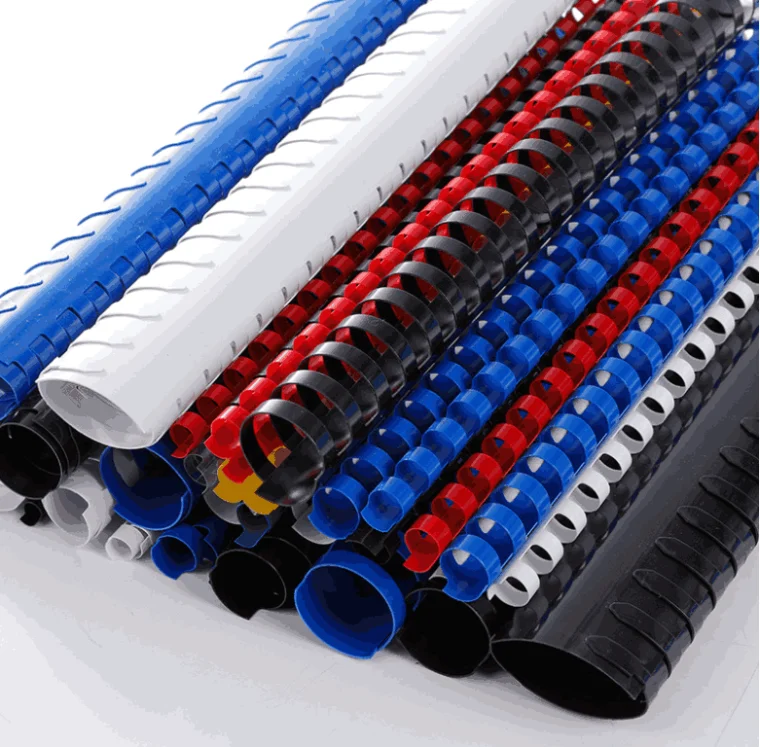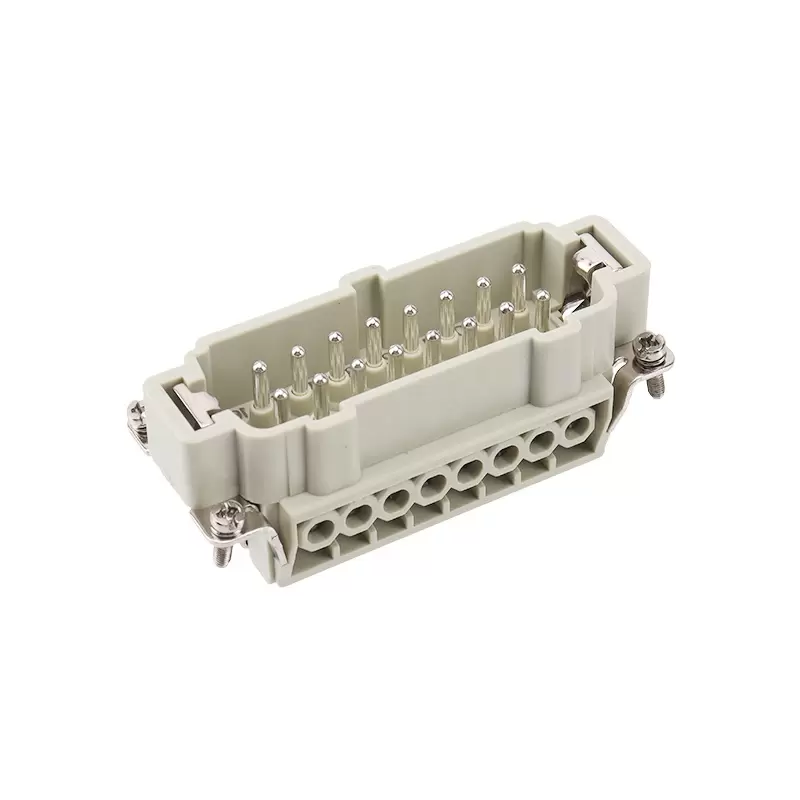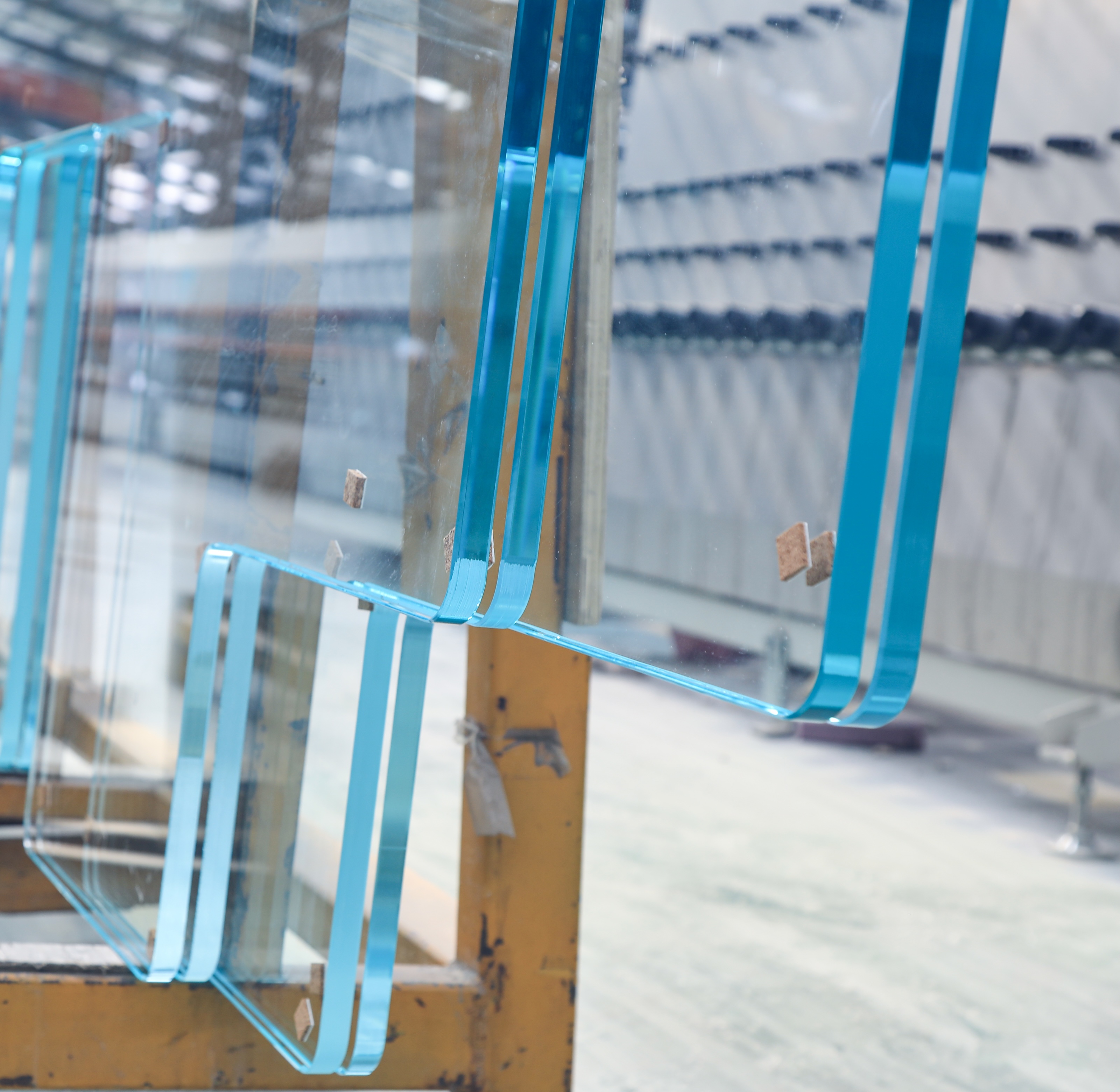In the realm of printing technology, laser printers have carved out a significant niche due to their efficiency, speed, and high-quality output. A common question that arises among users and potential buyers is: Do laser printers use toner cartridges? The answer is a resounding yes, but the implications of this fact extend far beyond mere confirmation. This article delves into the mechanics of laser printing, the function of toner cartridges, and the advantages they offer over traditional inkjet systems.
The Mechanics of Laser Printing
To appreciate the role of toner cartridges in laser printers, it’s essential to understand how laser printing works. Unlike inkjet printers, which spray tiny droplets of liquid ink onto paper, laser printers utilize a dry powder known as toner. The process begins with a laser beam that scans across a rotating drum, creating an electrostatic image of the document to be printed. This drum is coated with a photosensitive material that reacts to light.
Once the image is formed, the toner is applied to the drum, adhering only to the charged areas. The drum then rolls over a sheet of paper, transferring the toner in the desired pattern. Finally, heat and pressure are applied to fuse the toner particles onto the paper, resulting in a sharp, durable print. This intricate process highlights the importance of toner cartridges, which contain the essential powder that enables the entire operation.
What Are Toner Cartridges?
Toner cartridges are the heart of laser printers, containing the finely ground powder that is used to create text and images on paper. Unlike ink cartridges, which contain liquid ink, toner cartridges are filled with a dry substance that is typically made from a combination of plastic, carbon black, and other additives. This composition allows for the high-quality prints that laser printers are known for, with crisp lines and vibrant colors.
Toner cartridges come in various types, including standard yield, high yield, and even specialty cartridges designed for specific printer models. Understanding the differences between these options is crucial for users looking to optimize their printing experience.
Advantages of Toner Cartridges
- Cost Efficiency: While the initial investment in a laser printer and toner cartridges may be higher than that of an inkjet printer, the long-term cost savings are significant. Toner cartridges generally yield more pages than ink cartridges, reducing the cost per page. This is particularly beneficial for businesses or individuals who print frequently.
- Print Quality: Laser printers produce sharper text and more vibrant images compared to inkjet printers. The toner used in laser printing is less prone to smudging and fading, resulting in documents that maintain their quality over time.
- Speed: Laser printers are renowned for their speed. The use of toner cartridges allows for rapid printing, making them ideal for high-volume printing environments. Users can expect to print multiple pages per minute, significantly reducing wait times.
- Durability: Prints produced by laser printers are more resistant to water and other environmental factors. The fusing process used in laser printing ensures that the toner bonds securely to the paper, making it less likely to smear or run.
Environmental Considerations
As with any technology, the use of toner cartridges raises environmental concerns. The production and disposal of toner cartridges can contribute to waste, prompting manufacturers to explore more sustainable practices. Many companies now offer recycling programs for used toner cartridges, allowing consumers to return them for proper disposal or refurbishment. Additionally, some manufacturers are investing in eco-friendly toner formulations that reduce the environmental impact of printing.
Conclusion
In conclusion, laser printers do indeed use toner cartridges, and understanding their role is essential for anyone looking to optimize their printing experience. The advantages of laser printing, from cost efficiency to superior print quality, make it a preferred choice for both personal and professional use. As technology continues to evolve, the printing industry is likely to see further innovations in toner formulation and cartridge design, paving the way for even more efficient and environmentally friendly printing solutions.





